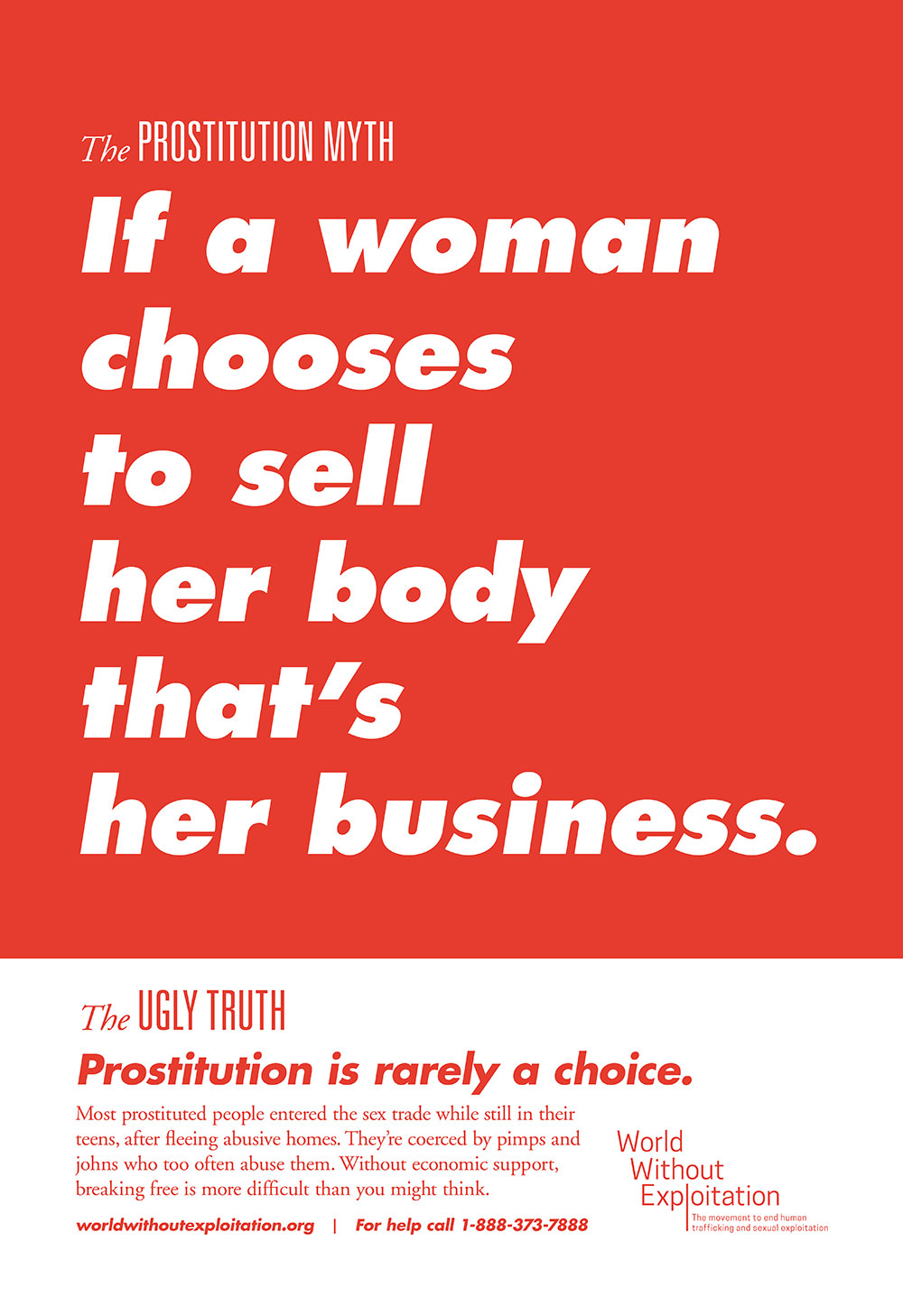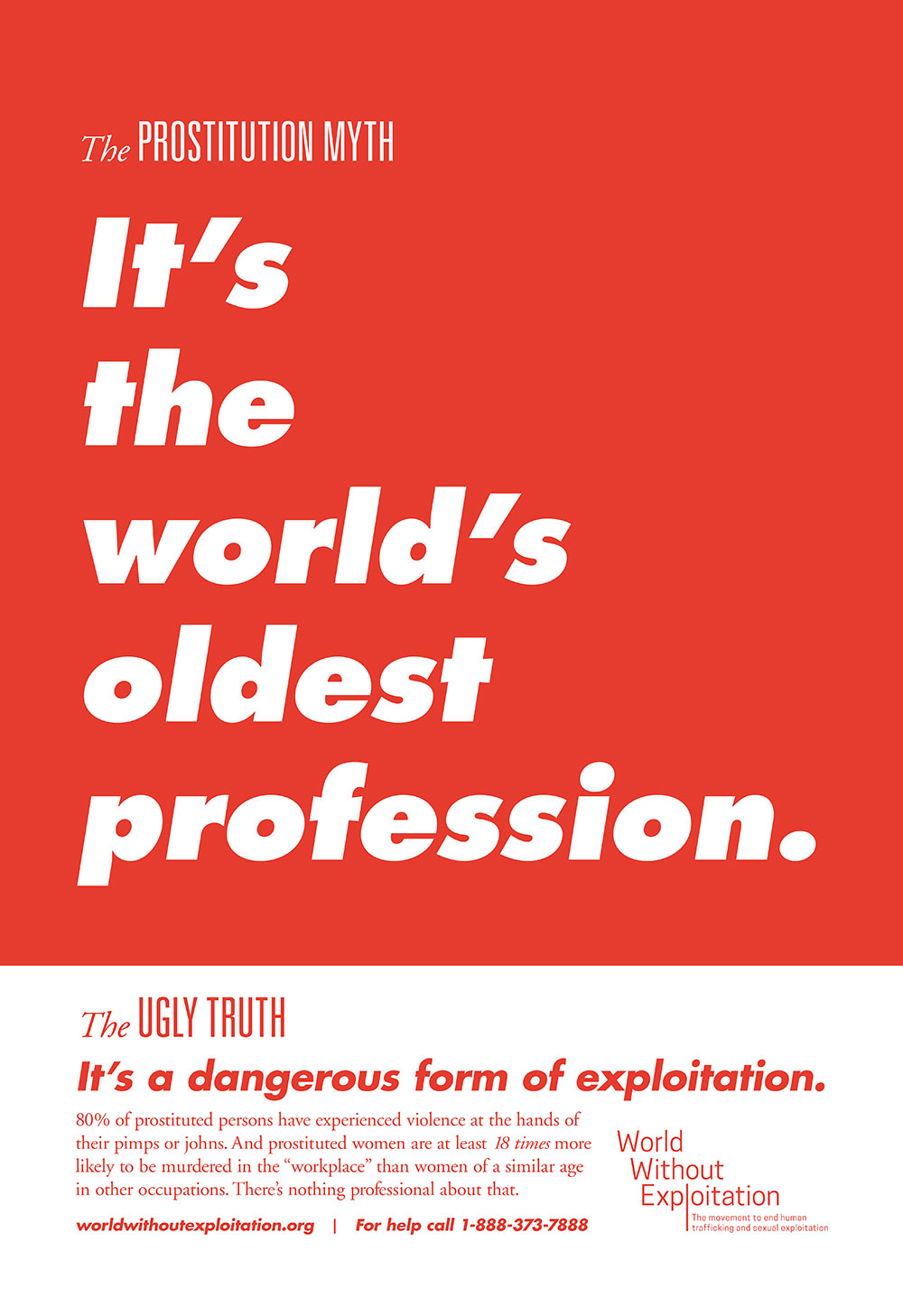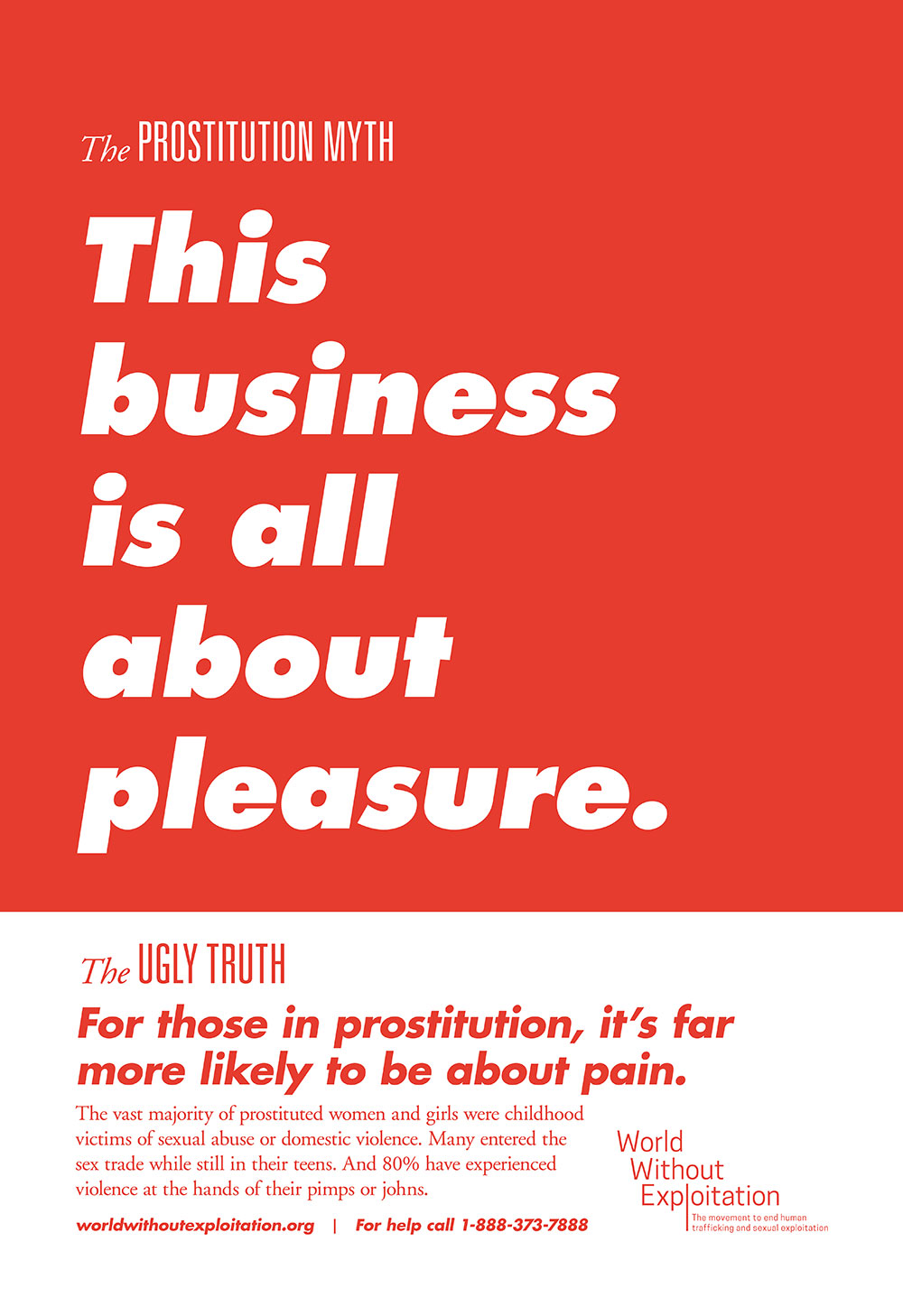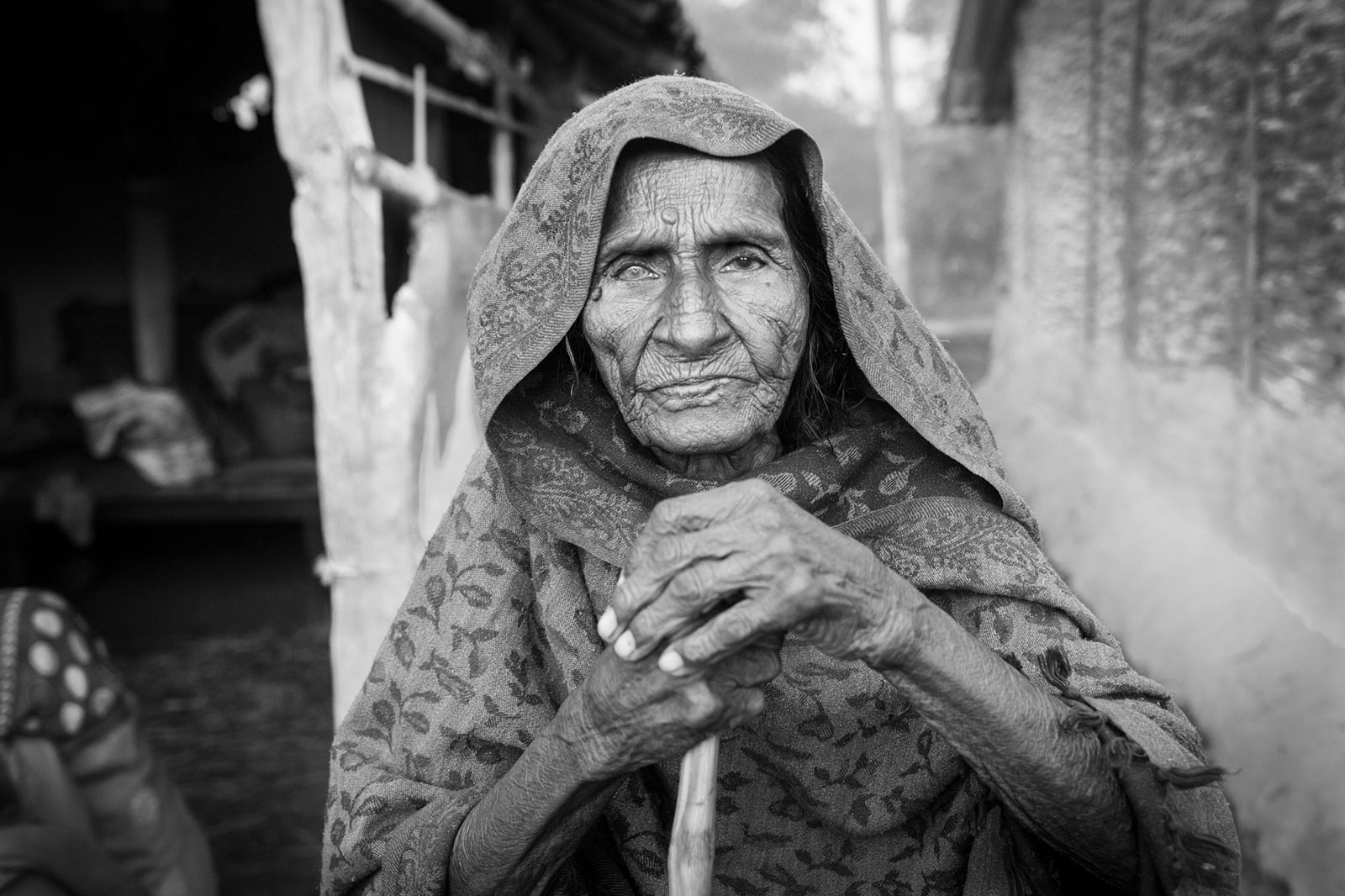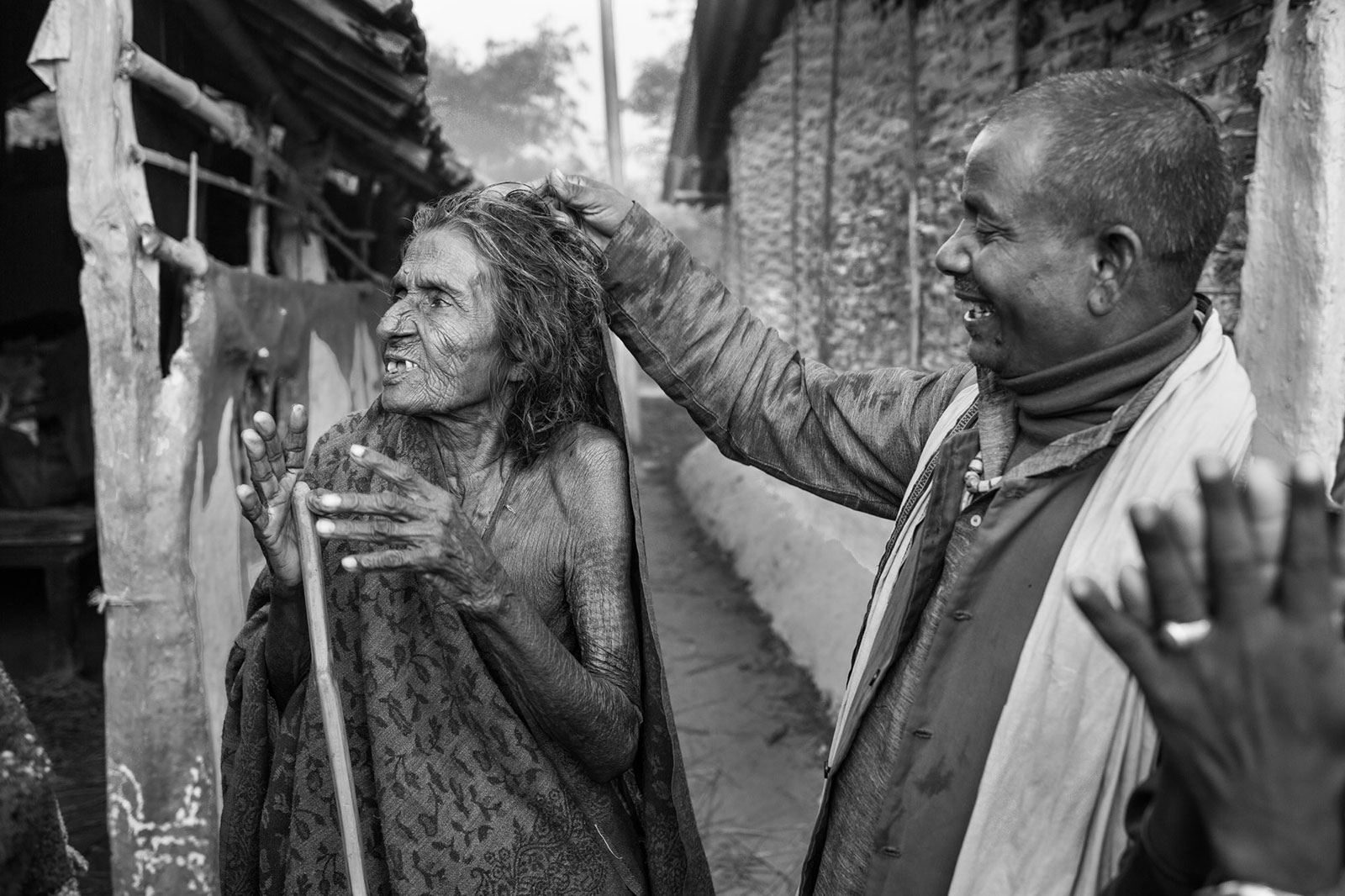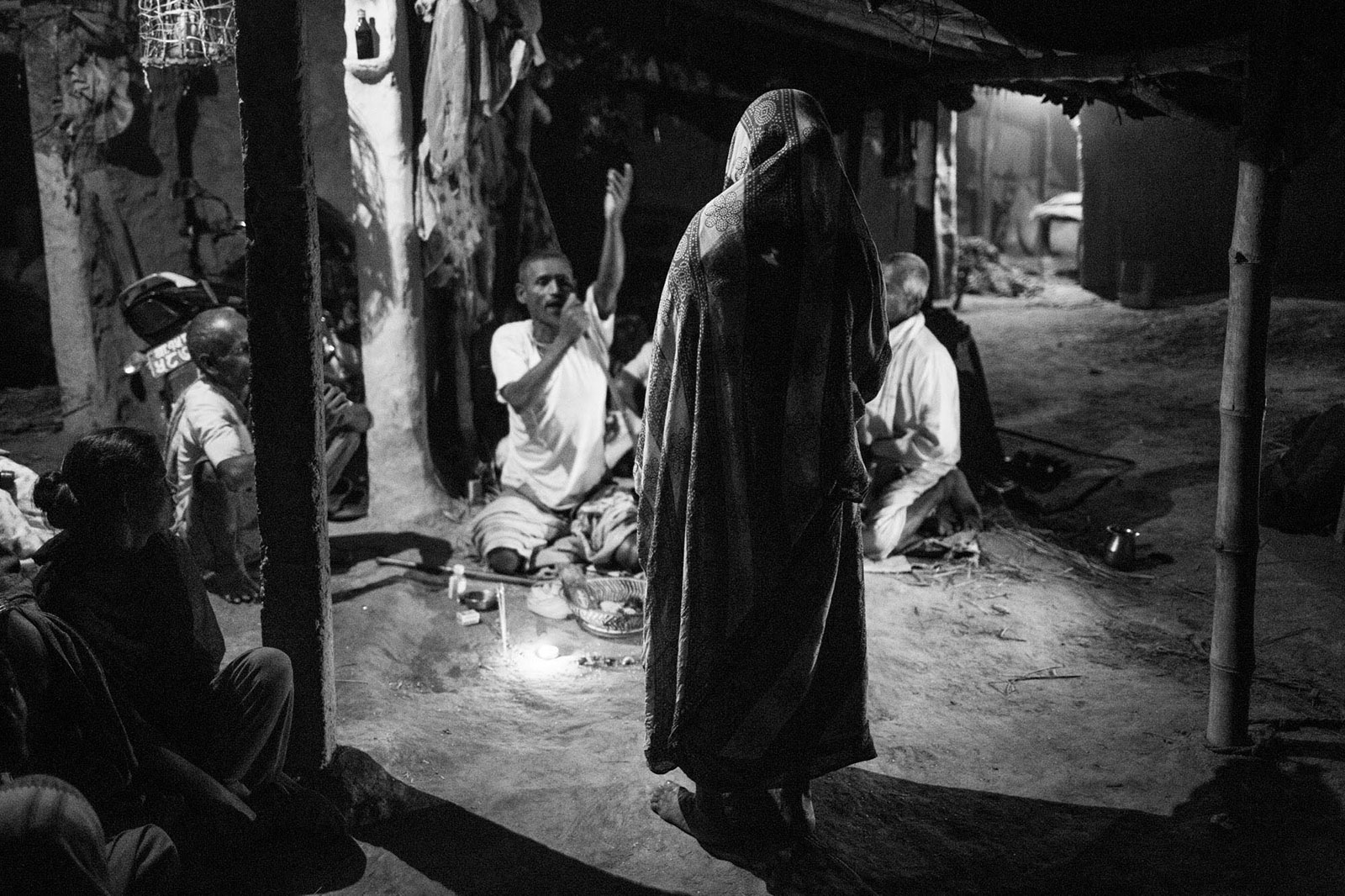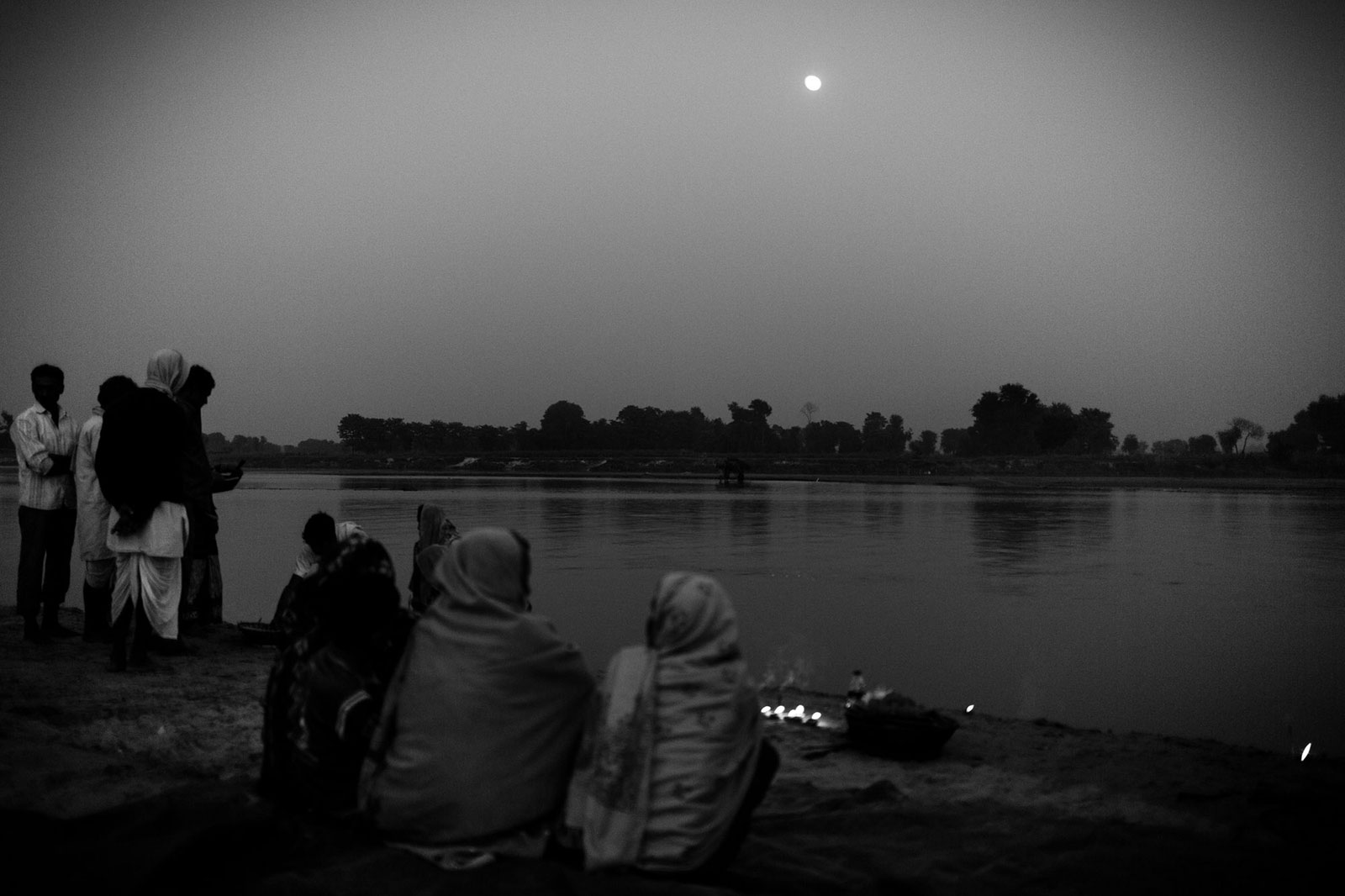The True Stories Project
Section Two: MYTHOLOGY
Myths are the stories people tell to explain nature, history, science, and customs. It is a feature of every culture. Mythologizing portrays a culture’s collective belief to convey a shared experience, societal truth or cautionary tale with the outcome of a sense of belonging. Myths remain at the center of many modern religious, national, economic, and ideological dynamics, as well as our individual, everyday lives. Although myths can help shape our culture, they represent something that is generally accepted but untrue. Only by bringing reality to light can myths be dispelled.

The Time of Butterflies
Paratou Forouhar, 2011, wallpaper © 2011, courtesy of the artist
Forouhar uses culturally specific motifs found within traditional Iranian arts such as Islamic calligraphy and Persian miniature painting to question the ways these forms can generate a lack of individualism, leading people to adhere to a stereotyped understanding of beauty and cultural identity. Standing from a distance, The Time of Butterflies appears to be beautiful wallpaper. As the viewer gets closer, horrific images emerge. Like the wallpaper, issues of exploitation and trafficking often remain unseen and nonexistent until we look more closely.
The Ugly Truth
Voices and Faces Project, 2016
The Voices and Faces Project is a documentary initiative created to bring the names, faces, and stories of survivors of sexual violence and trafficking to the attention of the public.
The Ugly Truth is a multimedia communications campaign created by Voices and Faces to challenge myths about prostitution and remind the public of the harm endured by those in the sex trade. The campaign was designed to reach millions of citizens, calling them to better understand — and work to end — sexual exploitation.
Branded as Witches
Nabin Baral, 2016, © 2016, courtesy of the artist
Many Nepali are still superstitious. Centuries-old beliefs are still deep-rooted in social and cultural structures. These beliefs can lead to violence, and the victims are typically women who are weak, poor, and single.
An example is the “Ghost Festival” where thousands of pilgrims visit the bank of Kamala River for healing every Kartik full moon. With limited access to modern health services, witchcraft, a tool that can easily exercise power over women in rural areas in a patriarchal society, becomes a part of people’s lives. Women, often widows from poor and lower classes, are termed witches and tortured, harassed, and subjected to extreme abuse in the name of healing.


